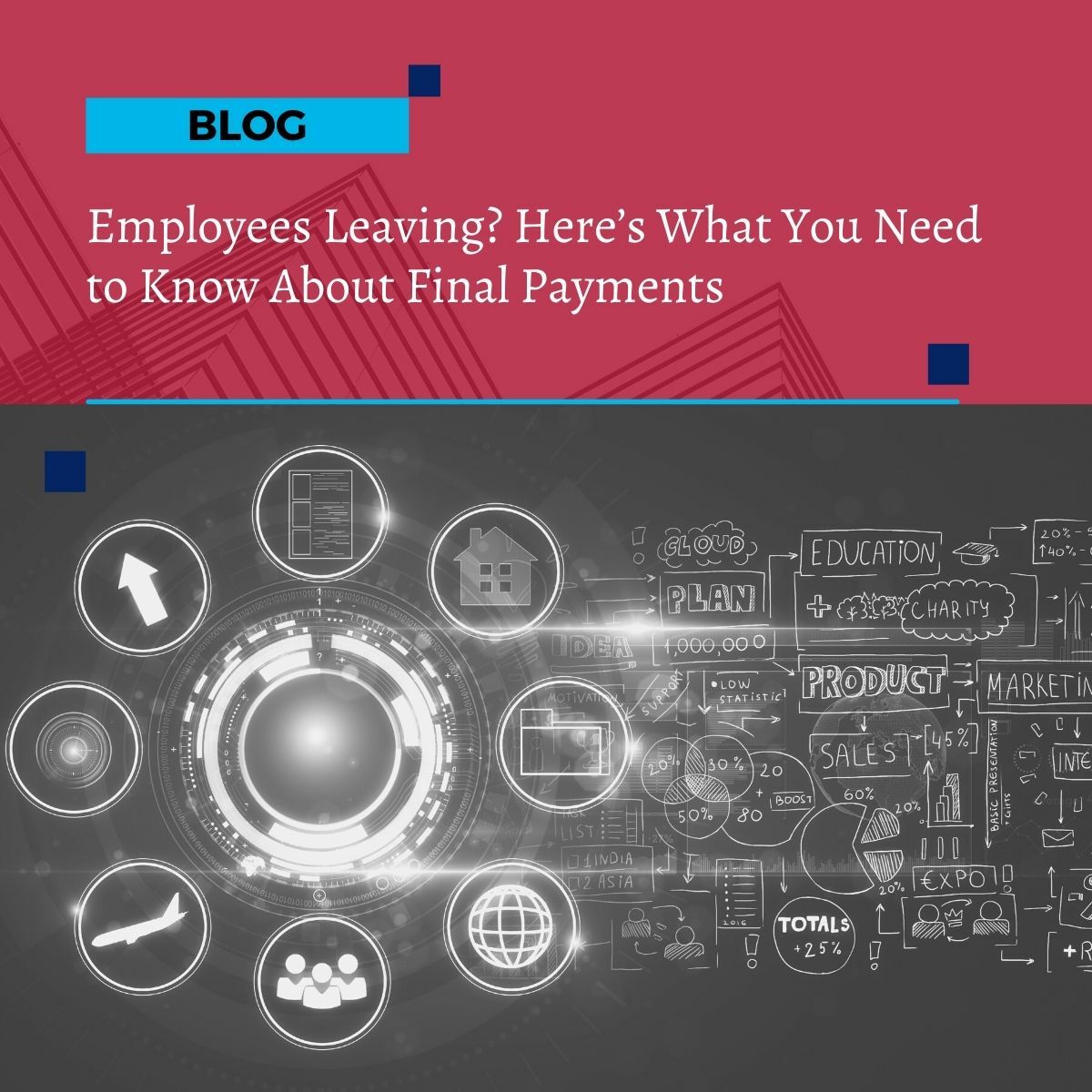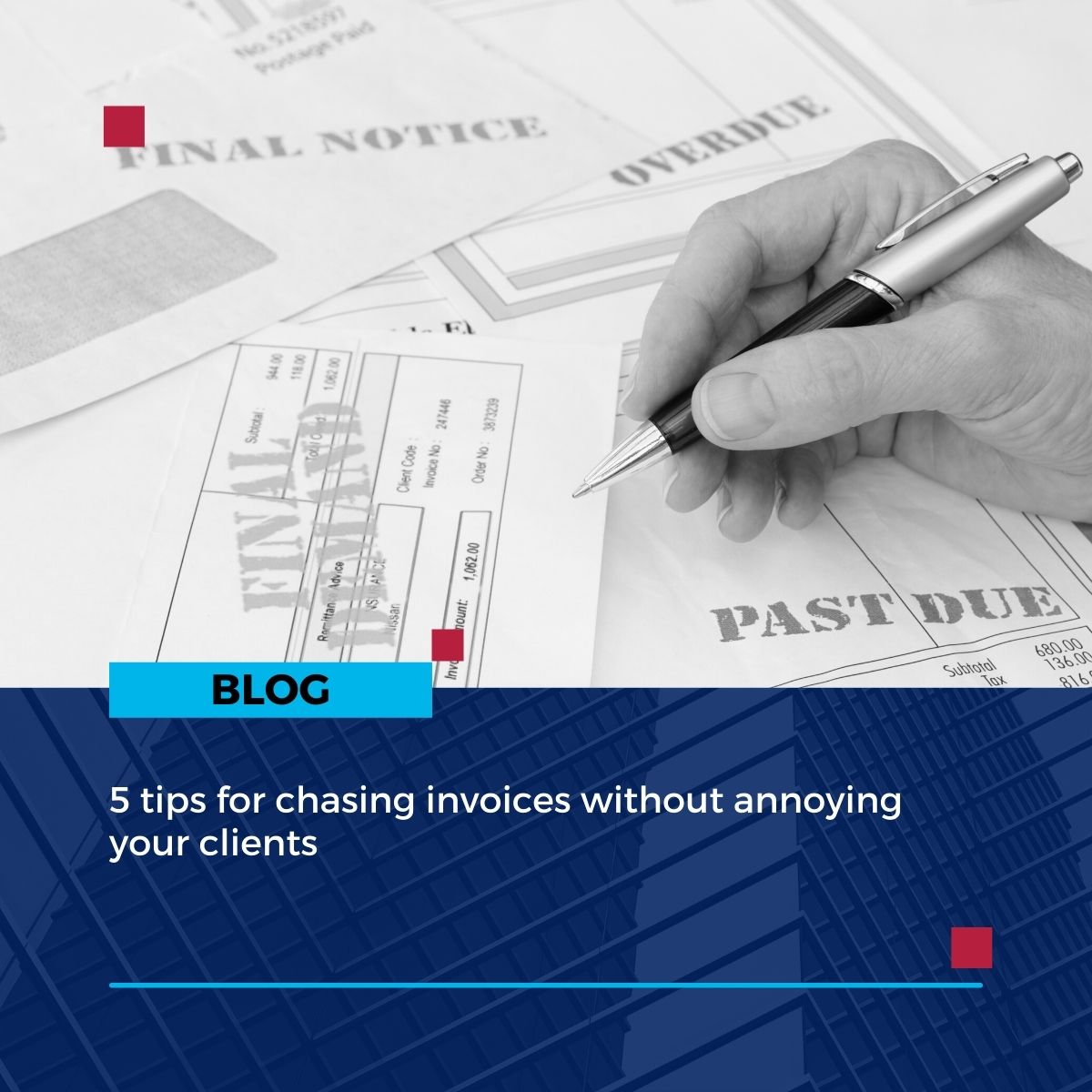
Key Elements of Operational Foundations
Key Elements of Operational Foundations
While the context of this article focuses on start-ups, if you have an established business, it's a good time to review the operational aspects of your business.
The complexity of your operational model will vary greatly, depending on the kind of business you’re running. A small two-person design agency will have a simpler operational set-up than a wholesale food production business, for obvious reasons.
For start-ups, this stage of the journey is about pinning down those key operational needs and getting an effective strategy together for how your business is going to work, in the real world.
For established businesses, reviewing the key elements of your operational foundations can help identify areas to improve efficiencies and cost savings.
Your premises or workspace
Every business needs some kind of workspace, whether it’s your own home, an office or a factory space.
This is the place where the actual work will be done and the central hub of your operations, so put some careful thought into what space will be needed.
In terms of location, the type of business will also dictate whether you can be based where you are, or should you be where your customers are.
A two-person design agency could feasibly operate from a co-working office, a startup incubator space or from a spare room/garage/summer house in the founder’s home.
The wholesale food production business, however, will need factory space to house it’s production equipment, a chilled store for the food, an office for the admin staff and managers, and space for delivery vehicles and incoming supplier deliveries etc.
Your equipment and tech
You’ll have set aside some of your initial funding to buy the basic equipment and technology needed for the business. This will include all the machinery, plant, office furniture, IT, computing and telecommunications equipment required to run the business, plus any vehicles you’ll need.
Once you have your premises ready to roll, you can start moving your equipment in and actually ‘setting up shop’ in your brand new workspace.
Your key suppliers
Most businesses will rely on some form of supply chain to keep the business ticking over.
The design agency will probably need paper, printer ink and (no doubt) a lot of coffee to stay operational.
And our food production business will need raw ingredients, cardboard boxes and product packaging to be able to produce their key products.
Your next step is to source the suppliers you need and set up contracts with these external companies.
You may have pre-existing contacts in the industry, or you may be starting with a clean slate.
Either way, it’s important to build up a trusted supply network, where you’ve negotiated a good price and decent payment terms.
Ultimately, your business can sink or swim based on the stability of your supply chain, so these relationships will be crucial to your success.
Get the logistics and delivery elements in place
Getting the finished product/service to your end customer is the main goal of any business, so the final piece of your operational puzzle will be sorting out your logistics and delivery systems.
For a small service-based startup, like the design agency, the end offering is likely to be either wholly digital or a mix of print and digital. The end delivery process is relatively straightforward and will mostly consist of getting the final signed-off assets to the customer.
For a complex manufacturing or production startup, like the food business, the delivery systems will be a vital part of their offering. As a food business, you’ve got to meet all relevant food hygiene timescales and standards, and get your fresh, high-quality food products safely to your customers.
A delivery system should be customised to each company’s specific needs, so it’s sensible to put plenty of thought into making this system efficient, cost-effective and productive.
If you know someone in the early stages of planning out a business idea, please feel free to share this article with them.
Or, use this information to conduct a review of your established business to make sure your business operation foundations are in order and properly aligned with your business model.








